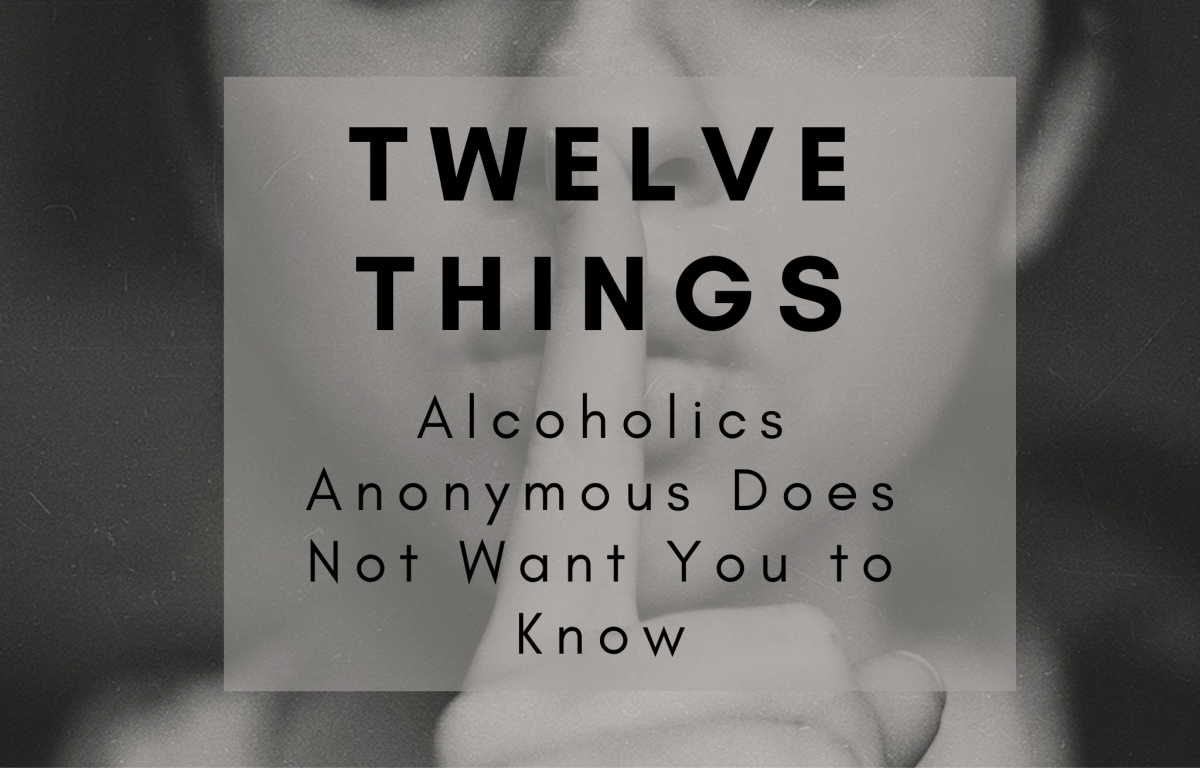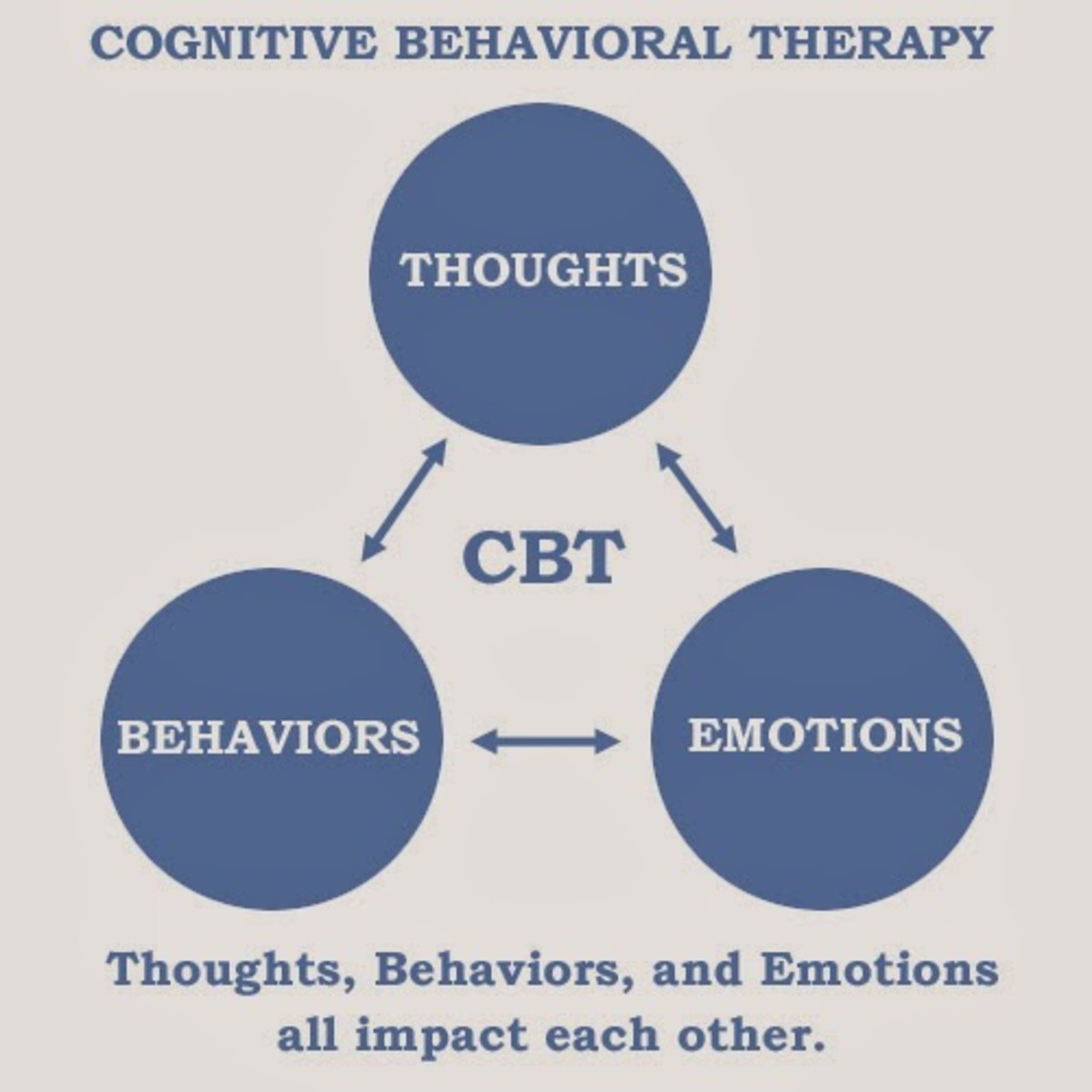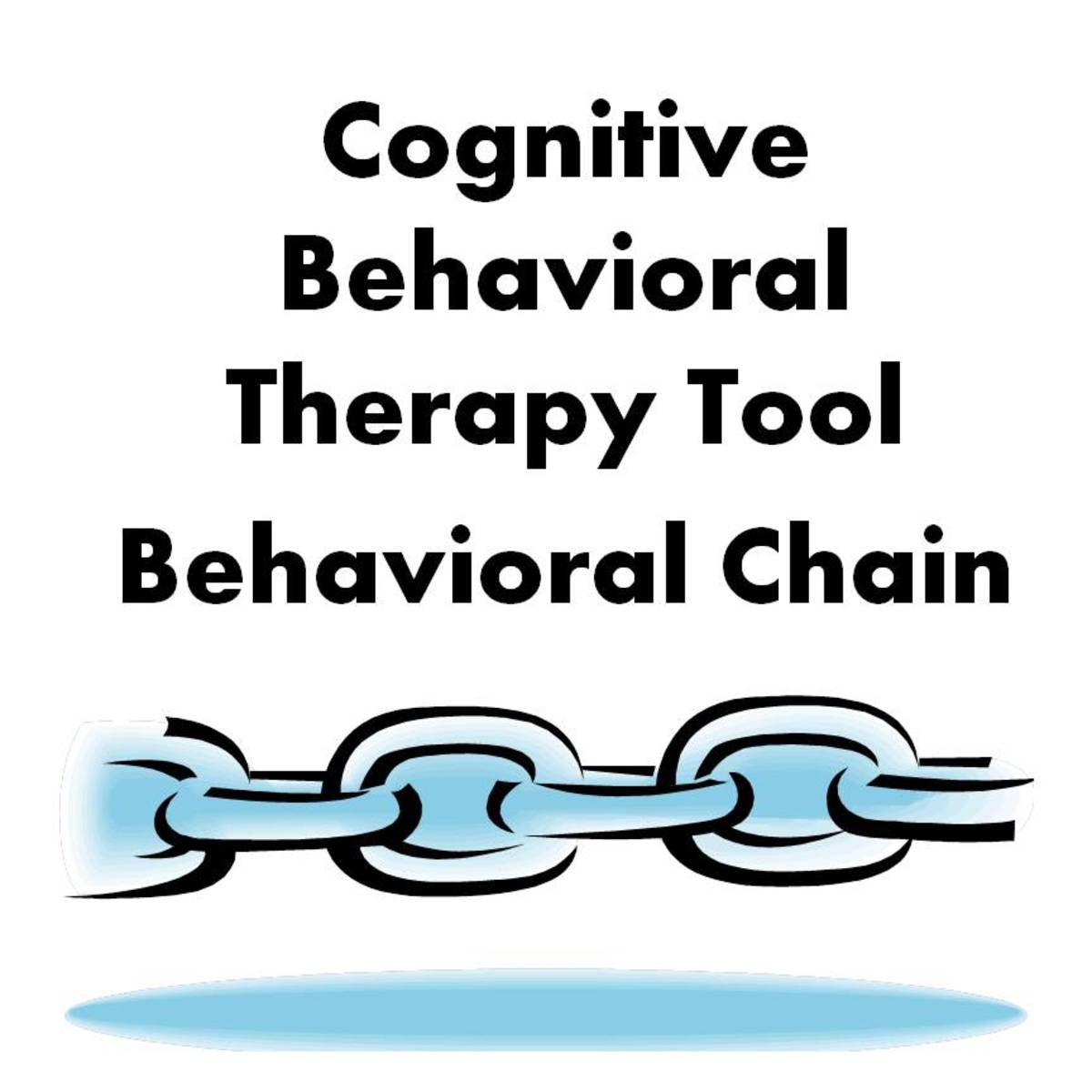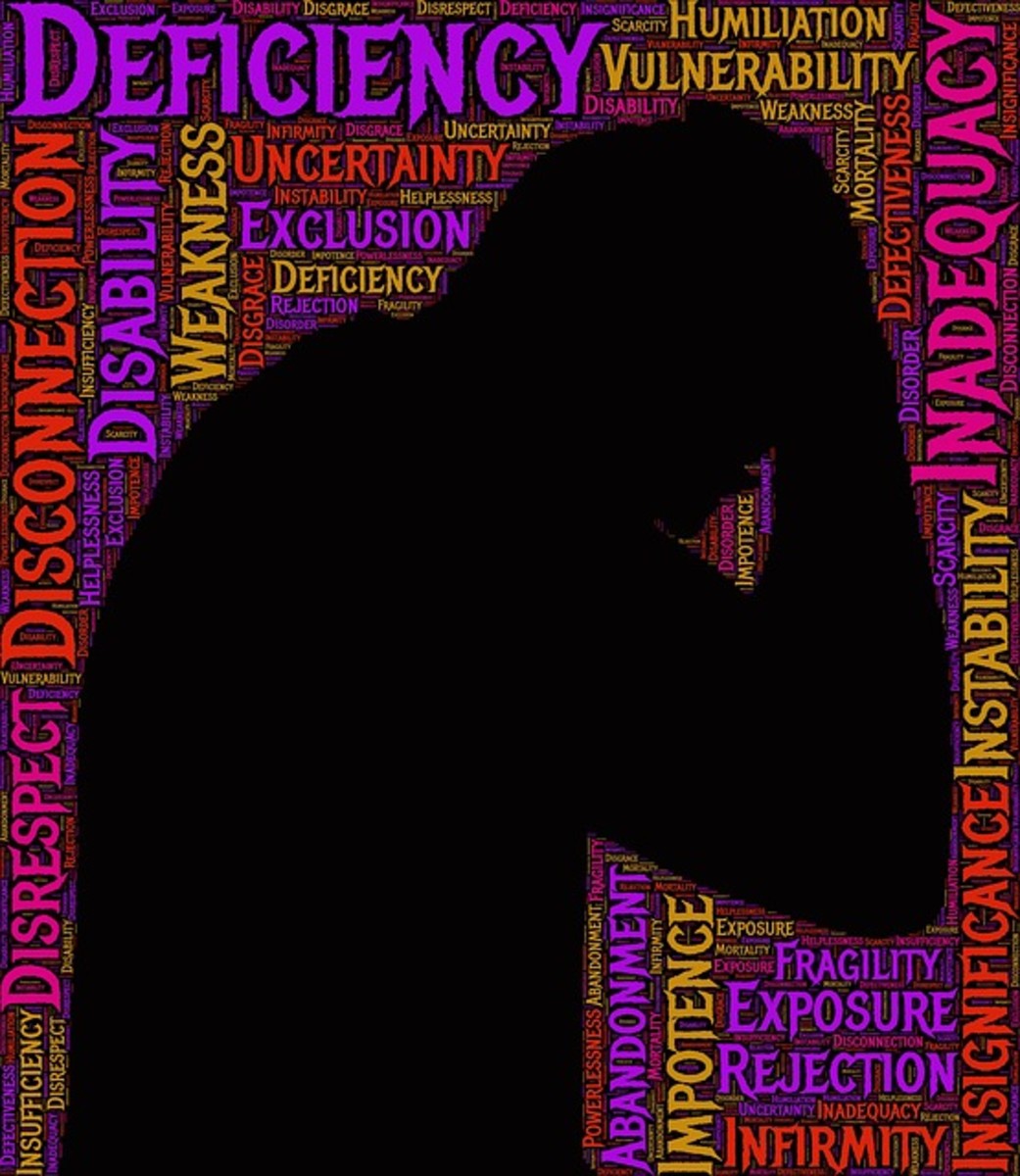5 Reasons Why Cognitive Behavior Therapy Doesn't Work
5 Reasons Why Cognitive Behavior Therapy Doesn't Work
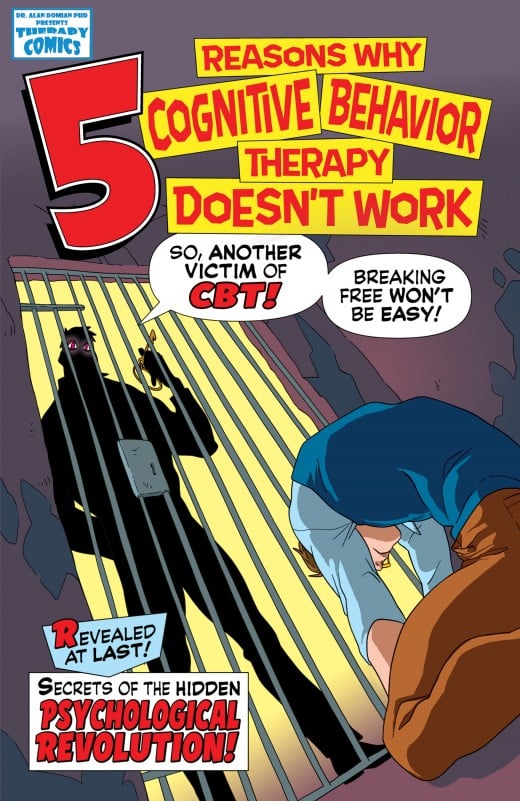
Not all comicbooks are about superheroes
Once again, I find myself reviewing a comic (née graphic novel) that has nothing to do with over-muscled men and women in spandex bending I-beams around each other’s heads but has practical applications in the real world. I’m, of course, speaking of the wonderful graphic novel, 5 Reasons Why Cognitive Behavior Therapy Doesn't Work, written by Dr. Alan Domian, Ph.D. While I’m not a psychologist myself (I do recall taking a psych course in college more years ago than I care to count) Thus, while I don’t feel qualified to discuss the medical aspects of this particular tome, however, as a comicbook historian, with some 50 years in the field of comics (as a fan, journalist, and creator) I feel fully qualified to comment on the nature of the book itself.
Therapy begins
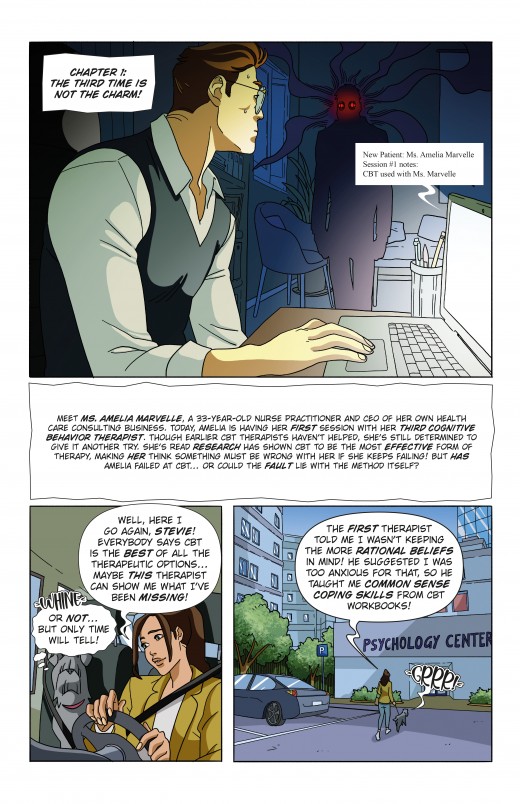
Cognitive Behavioral Therapy (CBT)
Needless to say, what I do know about the practice is that Cognitive Behavioral Therapy (CBT) is a form of psychotherapy that helps individuals identify and change unhelpful thinking patterns and behaviors that are contributing to mental health problems. From what I’ve learned, it’s a structured and goal-oriented approach that focuses on the present and helps individuals develop coping skills to manage their problems. Dr. Domian believes that many analysists are stuck in a loop of unexamined assumptions. He feels that hey could be more effective if they focused on actual techniques rather than on having their personality theory or diagnoses or even attempts at linking past and present to determine therapy for their patients.
Meeting with Amelia
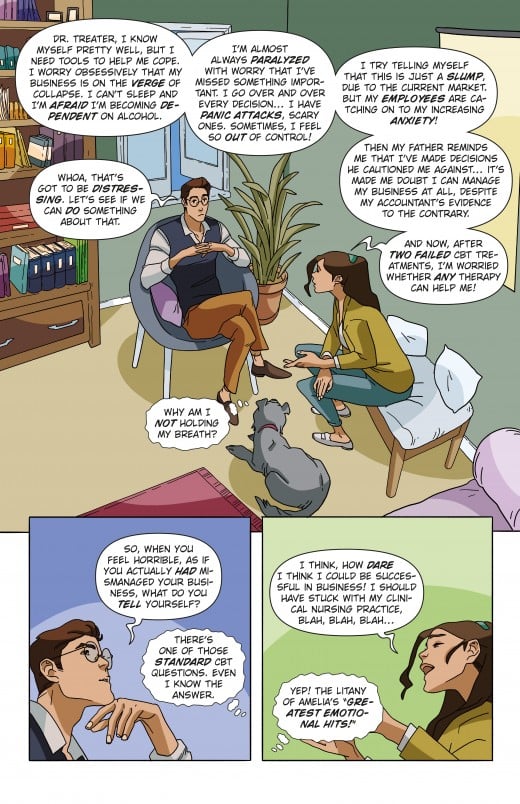
Credits for the book
As for the book itself, it is beautifully illustrated by Paol Amormino, colored by Francesca Ingrassia, lettered by Giuseppe Naselli, and edited by longtime comicbook writer and editor Paul Kupperberg, with production by Freelance Ink. For his part, Kupperberg has been writing comics for over 50 years with editorial stints for DC, Archie, and a number of other comic companies. Again, while not a psychologist myself, the story itself is well presented and plays out over 124 pages.
Feelings
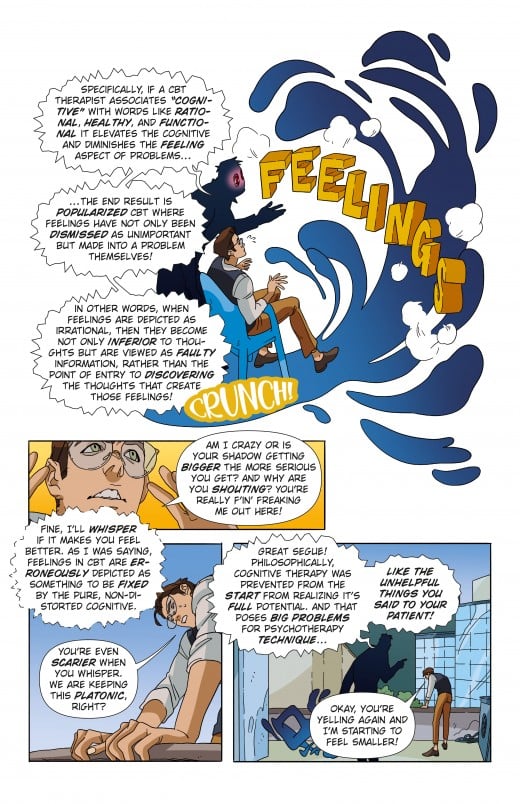
The story starts here
The story starts with a 33-year-old, Ms. Amelia Marvelle who is a nurse practitioner and CEO of her own healthcare consulting business, going for a first session with her third therapist for her first Cognitive Behavior Therapist session. Apparently, her sessions with her first two CBT therapists weren’t at all helpful, but she believes that it is her fault and is determined to give it another try.
5 REASONS WHY COGNITIVE BEHAVIOR THERAPY DOESN'T WORK: SECRETS OF THE HIDDEN PSYCHOLOGICAL REVOLUTION
CBT is no longer the gold standard for treatment
Unfortunately, her first session goes pretty much the way her previous sessions went with her former therapists. However, after she leaves her therapist is visited by a mysterious figure—going by the name Alter-E-Go-Analyst (or just “Al”)—who begins to reveal to him the problems with CBT and where the practice went off the rails. Needless to say, the therapist initially believes that he might be losing his mind, then thinks that Jeff from down the hall is pranking him. Once he realizes that the apparition is real, he then spends the rest of the day discussing the ins and outs of CBT and why it is important that he alters his approach to the therapy.
A therapy session
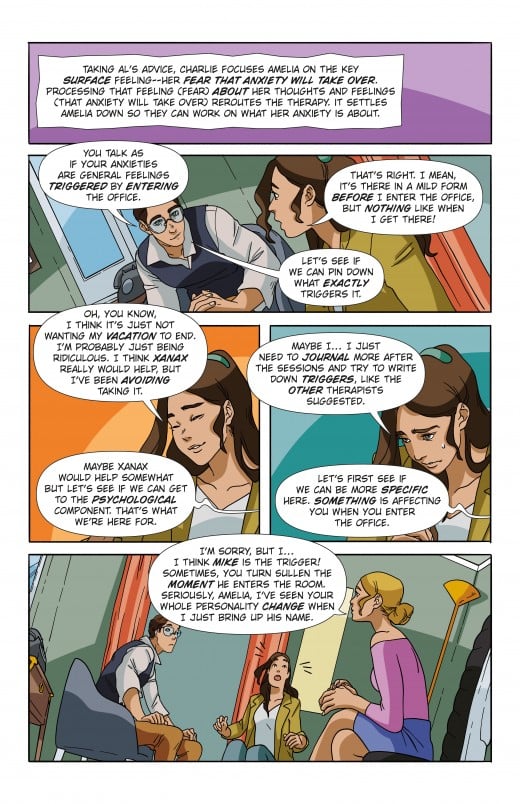
Better ways to treat patients
From there the therapist continues to treat Amelia with Al consulting from the next room behind a two-way mirror with mixed results. The book continues with the therapist treating Amelia, consulting with Al, and being instructed as to why CBT should no longer be considered the gold standard of treatment. Throughout the book Dr. Domian cites other psychologists, and studies that support his findings as the therapist and Al wander around the city.
Reasons
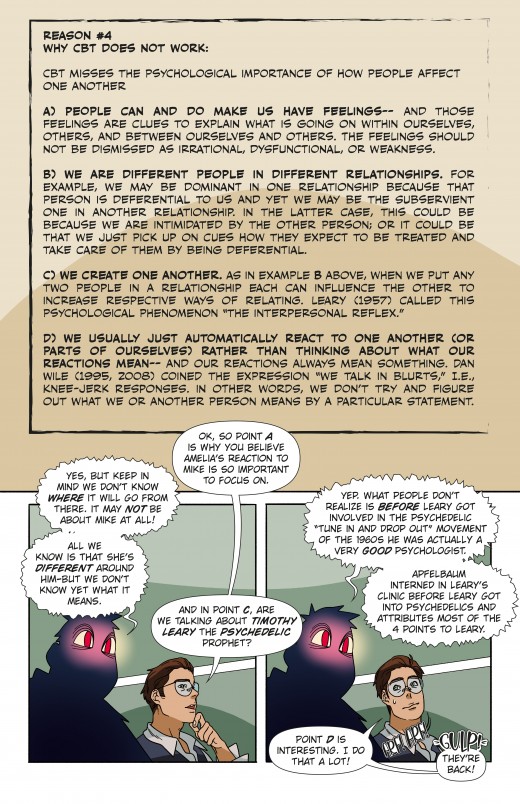
An interesting approach to presenting a new idea
While we admit that it is certainly unusual for such a heady topic to be presented in such an unusual format, we do believe that by doing so, it makes the topic more accessible to a wider audience. So, if you are one of those people who mistakenly believes that by delivering the message via a “comicbook” somehow diminishes the weight, importance, or relevance of the information, we’re here to tell you that you are entirely wrong. We say this after having read numerous weighty volumes illustrated in this fashion. The writing of the book is crisp and to the point, the art is most excellent, and the manner in which it is presented is entirely professional.
A therapy session
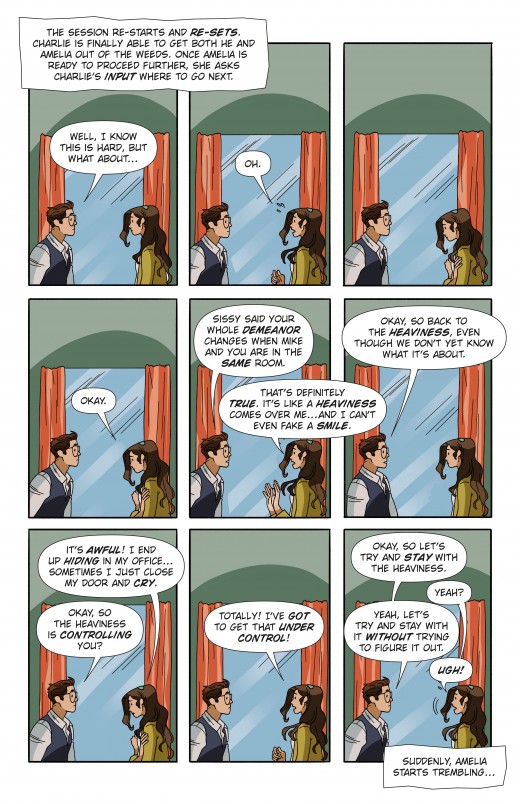
Meet Dr. Domian, Ph.D.
Dr. Domian has some 48 years of clinical experience, as a psychologist, and has offered groundbreaking work in psychotherapy based on his experience in Cognitive Behavior Therapy. In this graphic novel, using illustrated interactions between the three main characters, Dr. Domian demonstrates the problems that widespread use of CBT is posing for the profession while offering an alternative cognitive approach. If you are wondering why your psychotherapy isn't working, whether you are a therapist, therapist-in-training, or a patient, you may want to check this book out!
Dr. Alan Domian, Ph.D.

One last thing...
Finally, the illustrated pages are bracketed by beginning and concluding text pages where Dr. Domian introduces his concepts, footnotes the studies and authors he cited throughout the book, as well as a follow-up text page where he explains what happens with Amelia’s therapy.
All's well that ends well
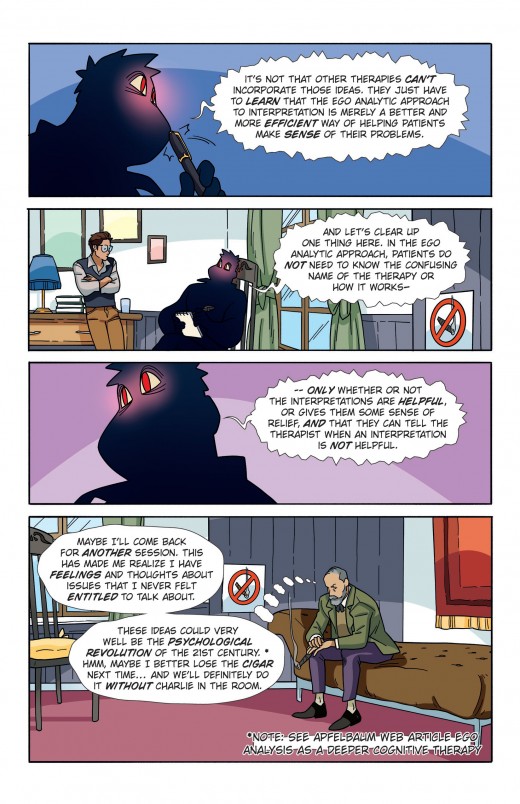
This content reflects the personal opinions of the author. It is accurate and true to the best of the author’s knowledge and should not be substituted for impartial fact or advice in legal, political, or personal matters.
© 2025 Robert J Sodaro




